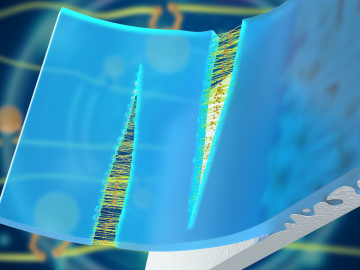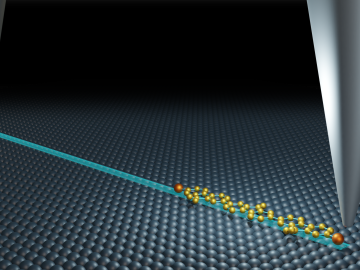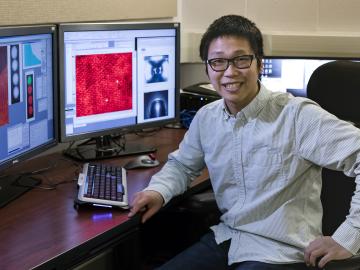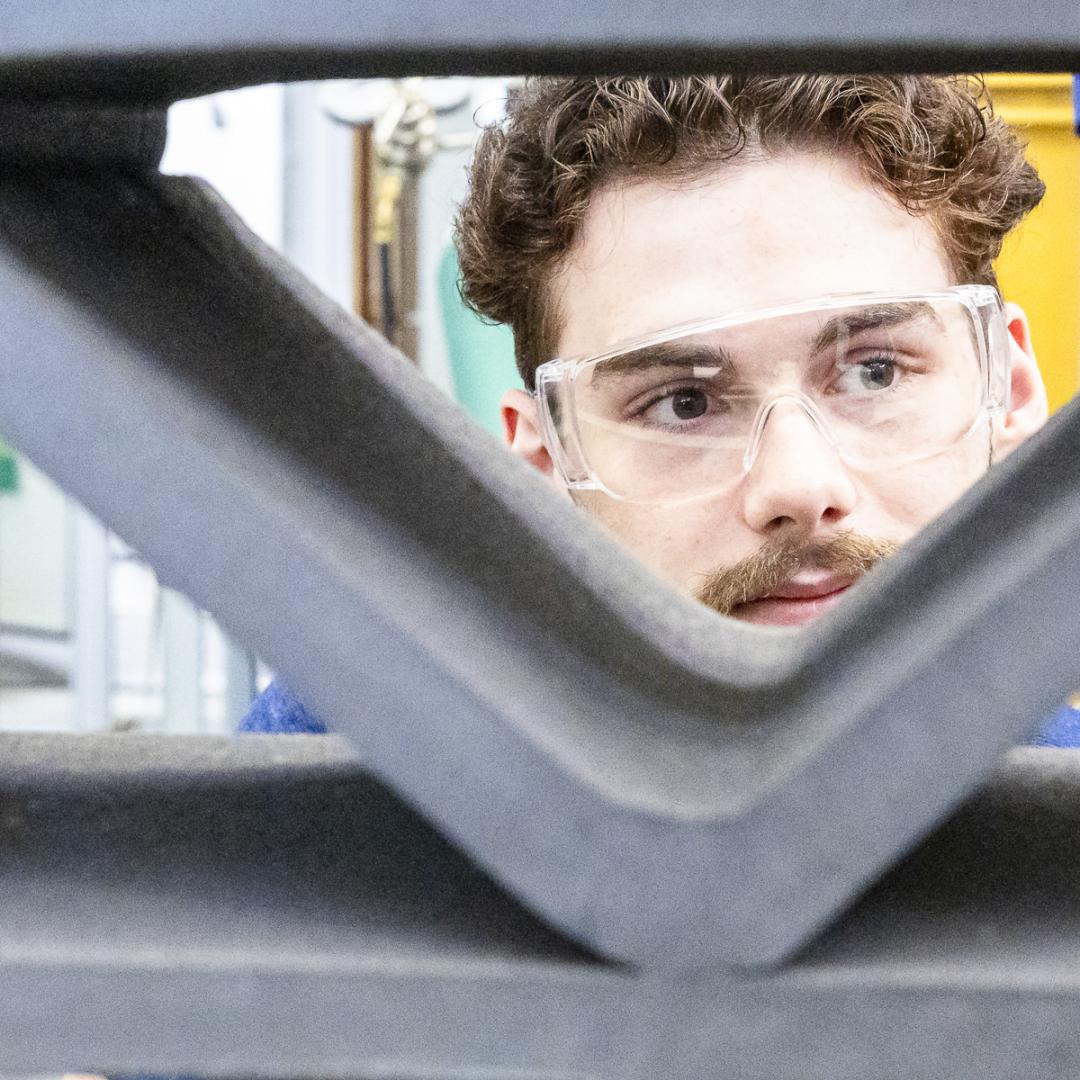Filter News
Area of Research
News Topics
- (-) Materials Science (24)
- 3-D Printing/Advanced Manufacturing (27)
- Advanced Reactors (2)
- Artificial Intelligence (8)
- Big Data (7)
- Bioenergy (15)
- Biology (24)
- Biomedical (10)
- Biotechnology (5)
- Buildings (13)
- Chemical Sciences (7)
- Clean Water (8)
- Climate Change (11)
- Composites (7)
- Computer Science (36)
- Coronavirus (10)
- Critical Materials (4)
- Cybersecurity (7)
- Decarbonization (7)
- Energy Storage (23)
- Environment (43)
- Exascale Computing (3)
- Frontier (4)
- Fusion (9)
- Grid (11)
- High-Performance Computing (19)
- Isotopes (12)
- ITER (4)
- Machine Learning (1)
- Materials (32)
- Mathematics (1)
- Mercury (4)
- Microscopy (11)
- Nanotechnology (10)
- National Security (7)
- Net Zero (1)
- Neutron Science (20)
- Nuclear Energy (6)
- Physics (5)
- Polymers (5)
- Quantum Computing (5)
- Quantum Science (12)
- Security (3)
- Space Exploration (4)
- Statistics (1)
- Summit (9)
- Sustainable Energy (35)
- Transportation (23)
Media Contacts


Oak Ridge National Laboratory’s Center for Nanophase Materials Sciences contributed to a groundbreaking experiment published in Science that tracks the real-time transport of individual molecules.

Researchers have long sought electrically conductive materials for economical energy-storage devices. Two-dimensional (2D) ceramics called MXenes are contenders. Unlike most 2D ceramics, MXenes have inherently good conductivity because they are molecular sheets made from the carbides ...

Ceramic matrix composite (CMC) materials are made of coated ceramic fibers surrounded by a ceramic matrix. They are tough, lightweight and capable of withstanding temperatures 300–400 degrees F hotter than metal alloys can endure. If certain components were made with CMCs instead o...




